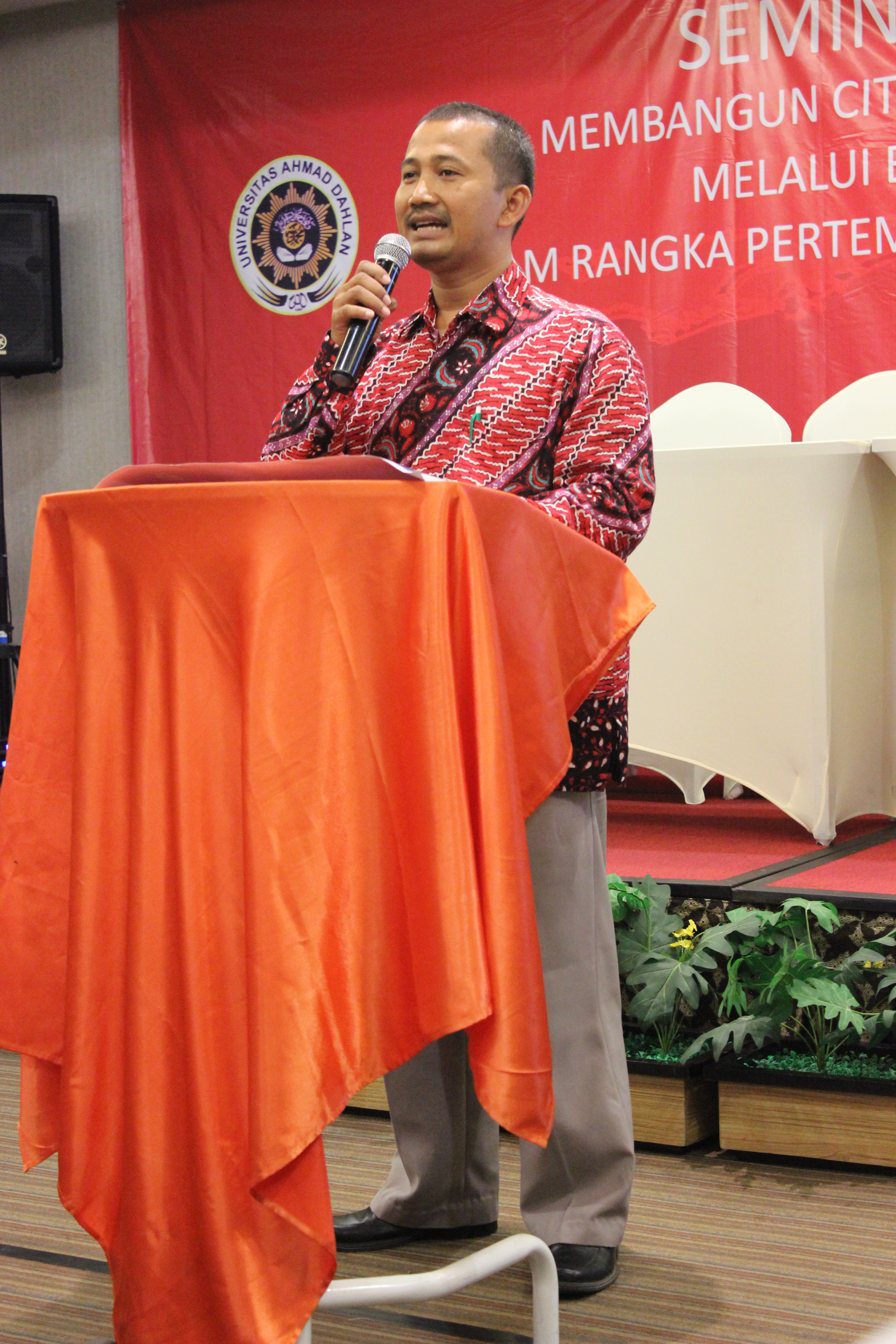
ADOBSI
Asosiasi Dosen Budaya dan Sastra Indonesia
Kota Jayapura

Asosiasi Dosen Budaya dan Sastra Indonesia
Kota Jayapura
Membangun jejaring akademik yang kuat antara dosen senior dan junior untuk pengembangan pendidikan budaya dan sastra Indonesia di Kota Jayapura
Ikut Program AdobsiADOBSI Jayapura merupakan wadah bagi para dosen pengajar budaya dan sastra Indonesia di wilayah Jayapura untuk saling berbagi pengetahuan dan pengalaman dalam mengembangkan pendidikan tinggi di bidang budaya dan sastra.
Didirikan pada tahun 2015, kami telah menghubungkan lebih dari 150 dosen dari berbagai perguruan tinggi di Jayapura dan sekitarnya dalam program mentoring dan pengembangan profesional.
Program utama kami adalah sistem Adobsi dimana dosen senior dengan pengalaman lebih dari 10 tahun akan membimbing dosen junior dalam pengembangan karir akademik dan penelitian.

Isi formulir berikut untuk bergabung dalam program Adobsi dosen ADOBSI Jayapura





